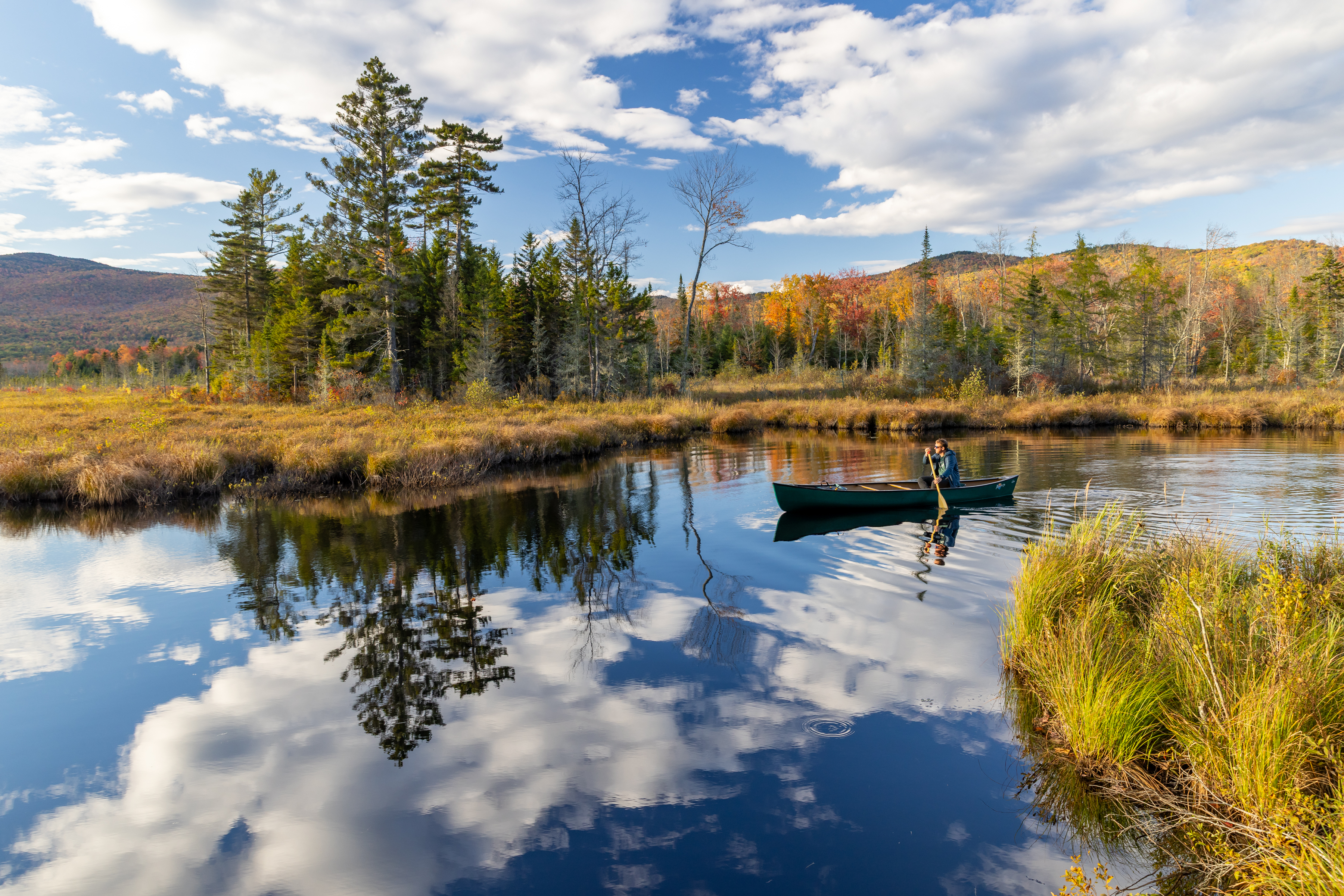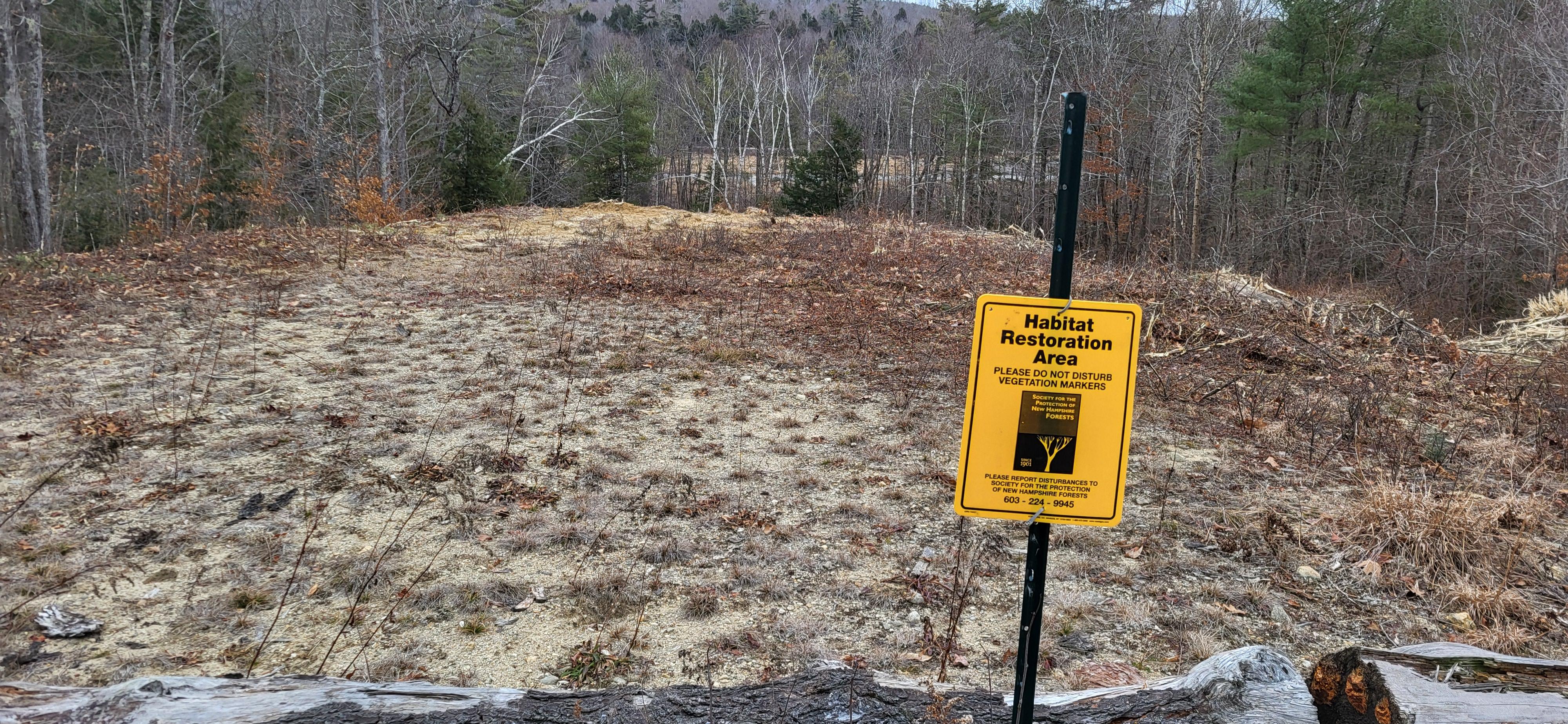
If you asked me whether I was going to be thinking about turtles and turtle habitat work in November I’d say you’re crazy. Well, as it turned out this past fall, that’s exactly what I did. After some back and forth emails, and a mad dash of meetings with grant funders, operators and biologists, the Forestry Department at the Forest Society was able to successfully complete a habitat restoration project, improving a confirmed turtle nesting site encompassing roughly two acres of land on one of our properties in Strafford County. *
The clock was ticking from the start. In late October, Ed and Julie Robinson from the Wildlife Management Institute (WMI) reached out to ask us if we had any “shovel ready” habitat projects that would benefit turtles and/or other wildlife species that would be dependent on early successional habitat – a natural community that develops after a disturbance, like a wildfire or timber harvest, that removes canopy cover.
WMI provides technical assistance to private landowners (often through their consulting foresters), and conservation partners such as the US Fish and Wildlife Service, New Hampshire Fish and Game, The Nature Conservancy, etc., to create and enhance wildlife habitat. On the ground habitat work is accomplished using grant money, often from federal sources received by WMI. After that, folks like Ed and Julie are responsible for finding quality habitat projects that these grants can fund. Enter: our turtle habitat.
In 2015, I was tasked with writing a forest management plan for the property. During this process I uncovered a very small site that appeared to have once been used by turtles for nesting, observed through turtle eggshell fragments on top of a dry gravel substrate.
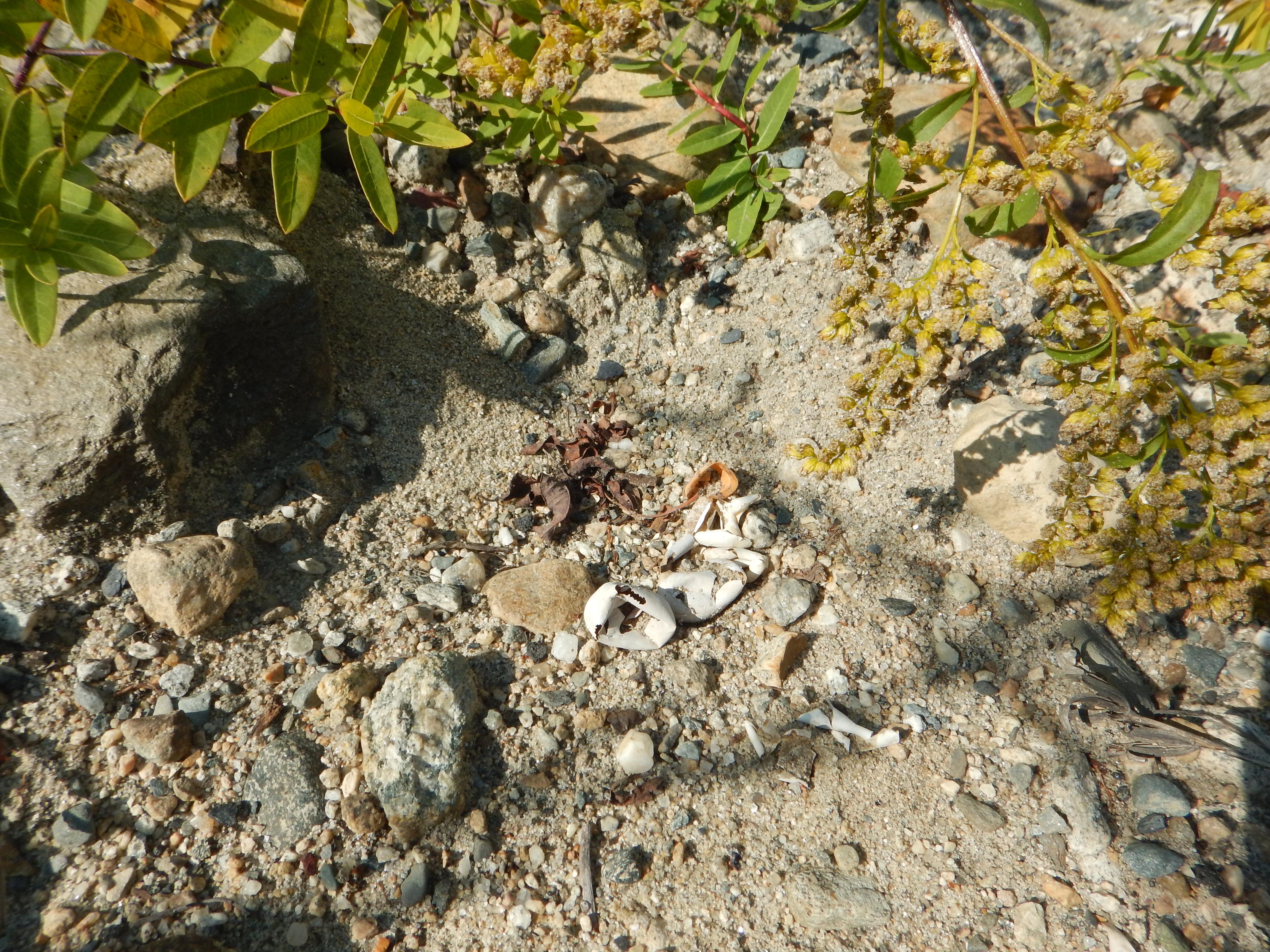
Finding shell fragments is a good and bad thing: good because we can easily see where turtles have nested; bad because if shell fragments have made it above ground that means someone dug them up for a nutritious meal, likely a racoon or skunk.
Taking note of the site in the plan, our team of Foresters at the Forest Society set a task for future management work in the area, outlining habitat improvements that would allow turtles to nest more successfully
Just a few years later in 2017, the Forest Society conducted a commercial timber harvest on that same property. We knew that the turtle nesting site was near to where the harvest was planned to occur, so we contacted New Hampshire Fish and Game and asked for advice from their turtle biologist, Josh Megyesy. We especially wanted to know what we could do to enhance this nesting site to make it more successful and reduce pressure from predators.
After visiting the property together, Josh determined the site needed more sun.
Increasing the amount of sunlight on the nesting sites would have the effect of turning up the thermostat where the turtles were laying eggs, ensuring the right temperature for optimal incubation and hatching success.
By removing trees, not only would we immediately improve the turtles’ habitat, but also ensure a longer period of time wherein the nests would receive the right amount of sunlight. Regrowth happens very quickly, and if too few trees were removed we would soon find ourselves right back where we started.
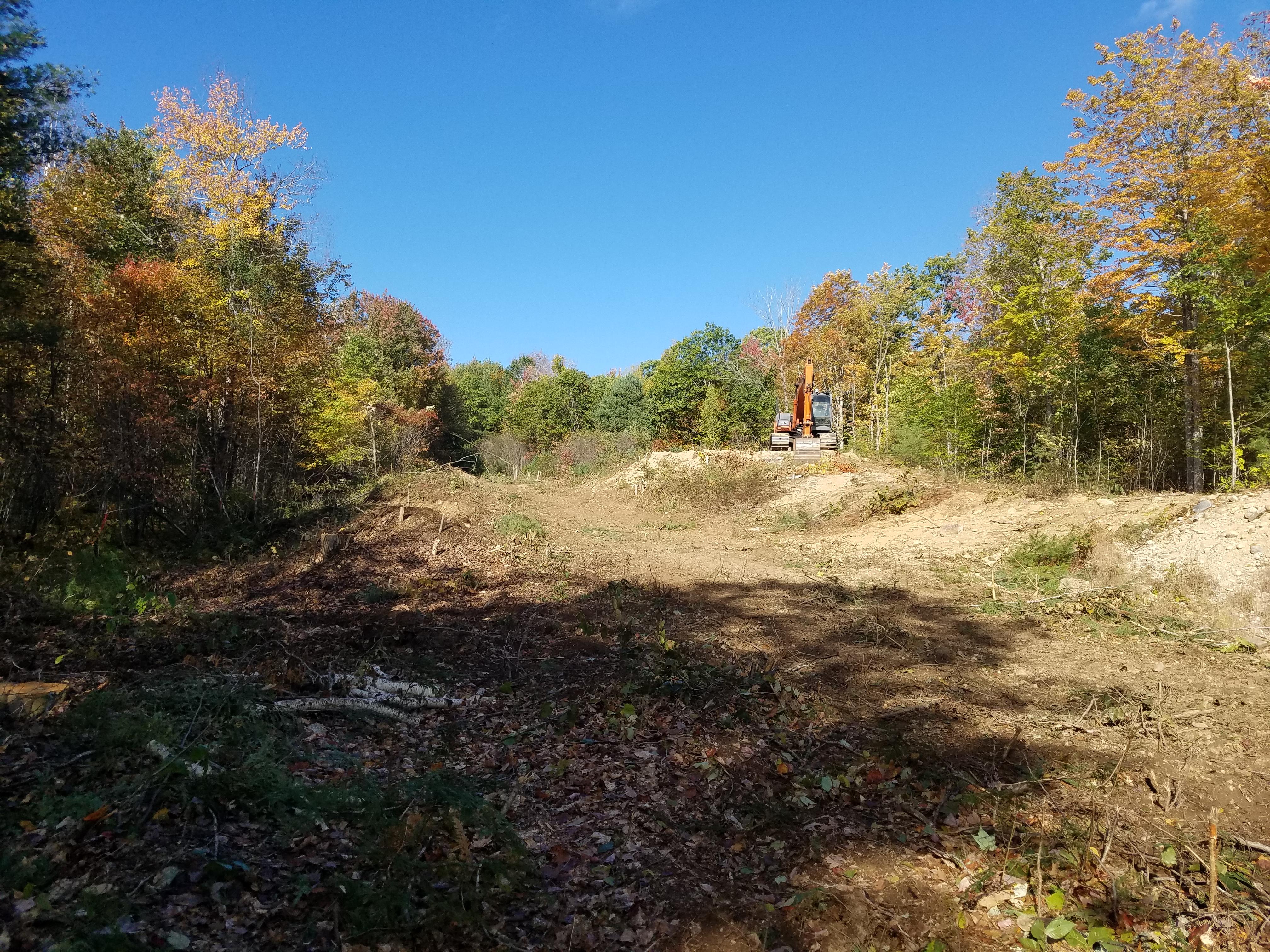
To prepare for the management work, we flagged the perimeter of the nesting area, so the loggers knew how far out we wanted the trees to be cleared, roughly a 1-acre area. Plus, this process would leave the gravel where the turtles were nesting more exposed, providing the turtles with an easier time locating a spot for their nests, and digging through the substrate once they’d chosen the perfect place. All of this was done in late fall, long after the last turtle hatchlings would have left the nest in early October, so no nests were disturbed during the process.
Subsequent visits in the years after this work revealed that our efforts had paid off! The turtles were using a much larger area for nesting. However we were still seeing signs of predation.
It is likely that not all the nesting attempts by mother turtles were foiled by predators; having increased the size of the nesting area, we think that a larger percentage of the nests hatched and made it safely to the nearby floodplain and river system.
Fast forward to 2024 and on the most recent visit I made to this location, I observed a similar number of depressions and shell fragments. However, the trees that had been originally cleared were in the early stages of regrowth and were once again casting shade on the nests. This made for fine early successional habitat, but we wanted to focus our efforts on turtles and their nesting needs.
While walking around the site, I imagined a new method of managing this habitat: using a machine that could mow the saplings and once again provide sunlight to the nesting area. Ed and Julie must have read my mind.
When we received their email informing us that there was turtle money available for use, my first thought was of this turtle nesting area. I set up a site visit with Julie, Ed and asked Josh Megyesy from NH Fish and Game to once again help us decide what additional work could be done to help maximize the nesting area. Once they had walked the site, it didn’t take long to determine we had an excellent project to utilize the money they had.
Josh identified that the nesting site was being used by common turtle species – painted and snapping turtles – but that it was likely that some less common species could be nesting there too – wood, Blanding’s and spotted turtles all of which are considered Species of Greatest Conservation Need.
We discussed the nest predation issue, and he explained that one of the best natural methods for combating this is to create additional nesting sites close by – the theory being that you literally don’t put all your eggs in one basket and make it so that a predator seeking nests won’t be able to find them all.
I had mapped some additional gravel zones adjacent to our original clearing using Lidar technology and felt if we could clear more trees there, we could tip the balance in the turtles’ favor. Everyone agreed this new area would make a good addition to the project. Later that day I called up an operator, Martin Forestry Consulting, and with crossed fingers and toes asked him if they were still doing habitat work. Thankfully they were!
With the green light from WMI we got things organized, contracts signed, and in not more than 2 weeks, machines were brought in and work commenced. I was fortunate to work as chainsaw man for a half-day of felling trees around the newest nesting site.
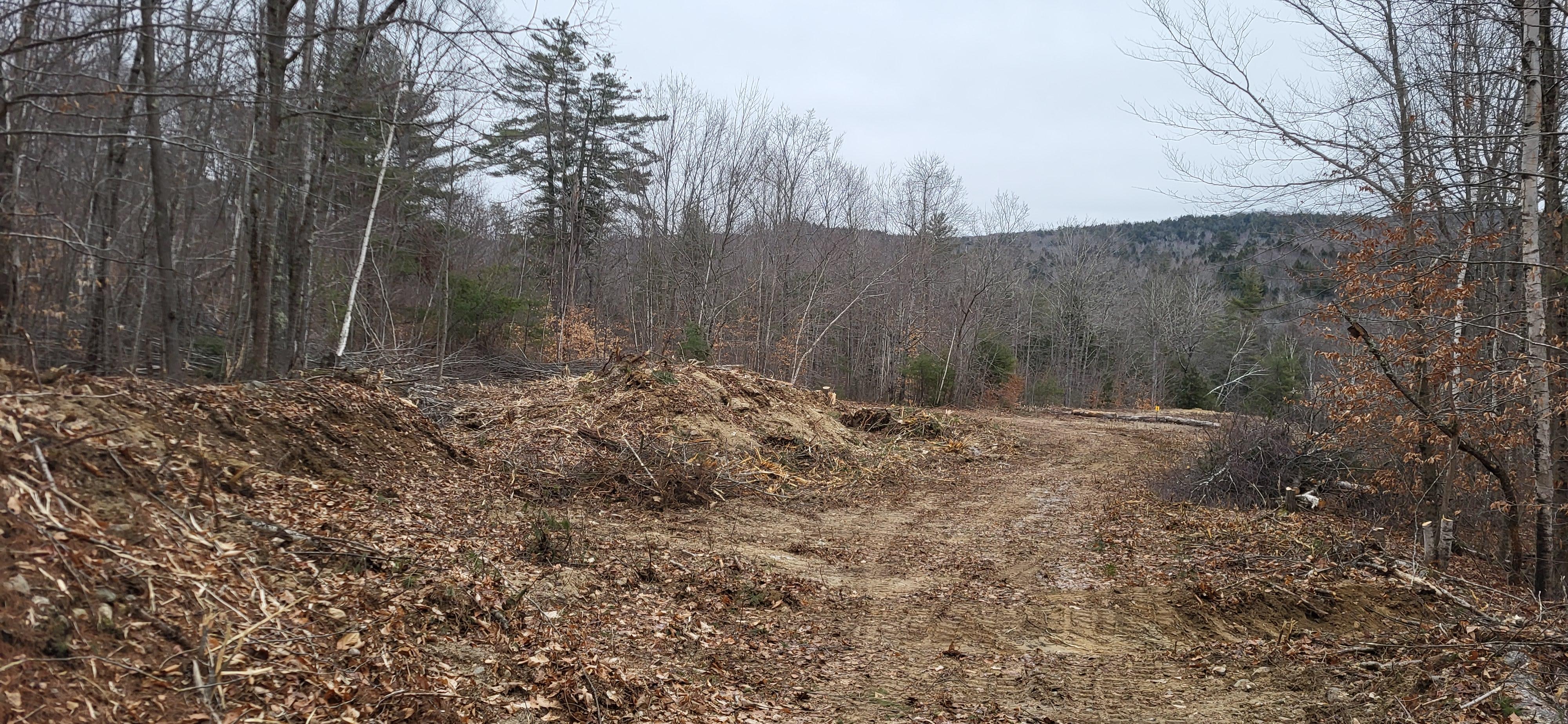
It was a good feeling to be directly involved in inciting a positive and beneficial change for turtles.
After three days of work, two acres of cleared trees and two exposed nesting zones, everyone was happy. It snowed the night of the last day of work and the ground froze solid, meaning we just made it in time before conditions would’ve prevented work!
This project is still developing and will likely have continued updates. Our ongoing plan is to use trail cameras to “trap” turtles on film and identify which turtle species are using the site. This will also give us a good idea of what predators frequent the area and could be affecting the turtles.
We are hugely thankful to our partners at WMI, NHF&G and Martin Forestry Consulting for making this project possible. Habitat management is important and rewarding work and we are so glad to have knowledgeable and inspired colleagues who improve and expand our work each and every day.
*The exact location of the nesting site will remain undisclosed to protect the health of the habitat and the turtles.
